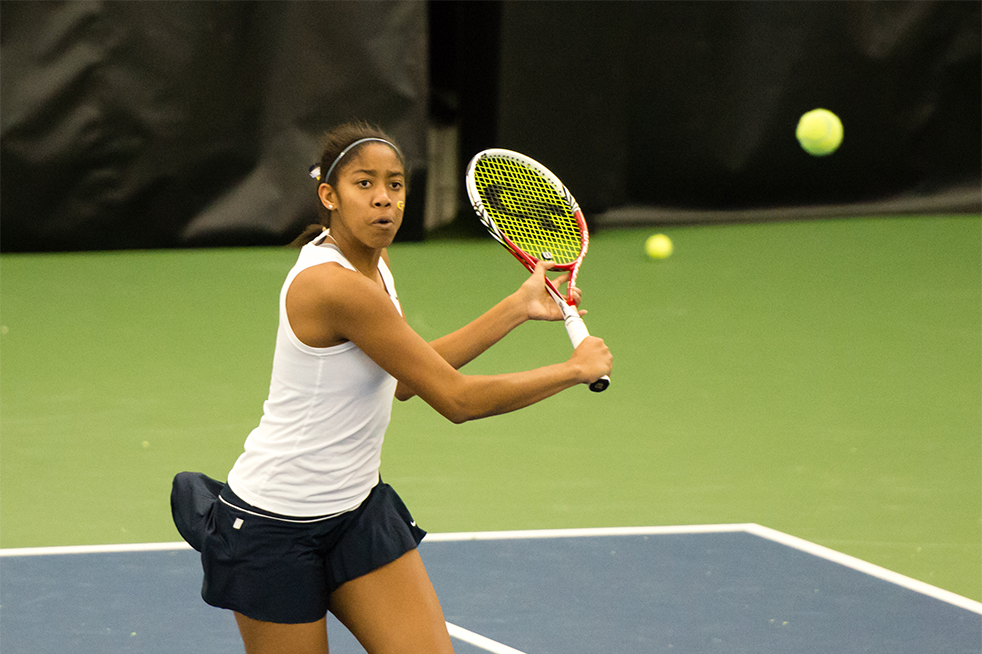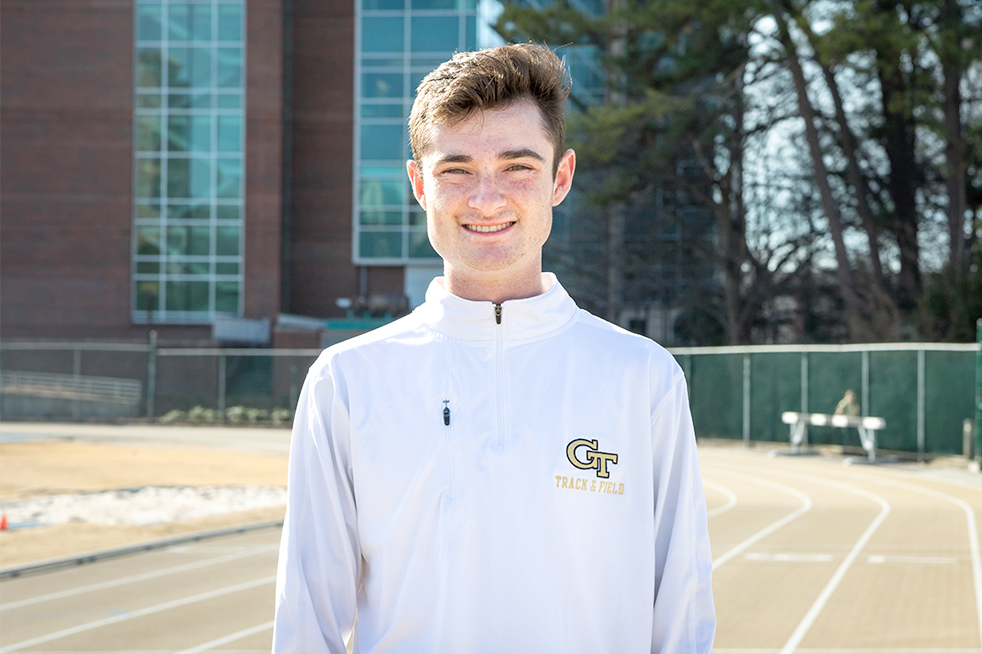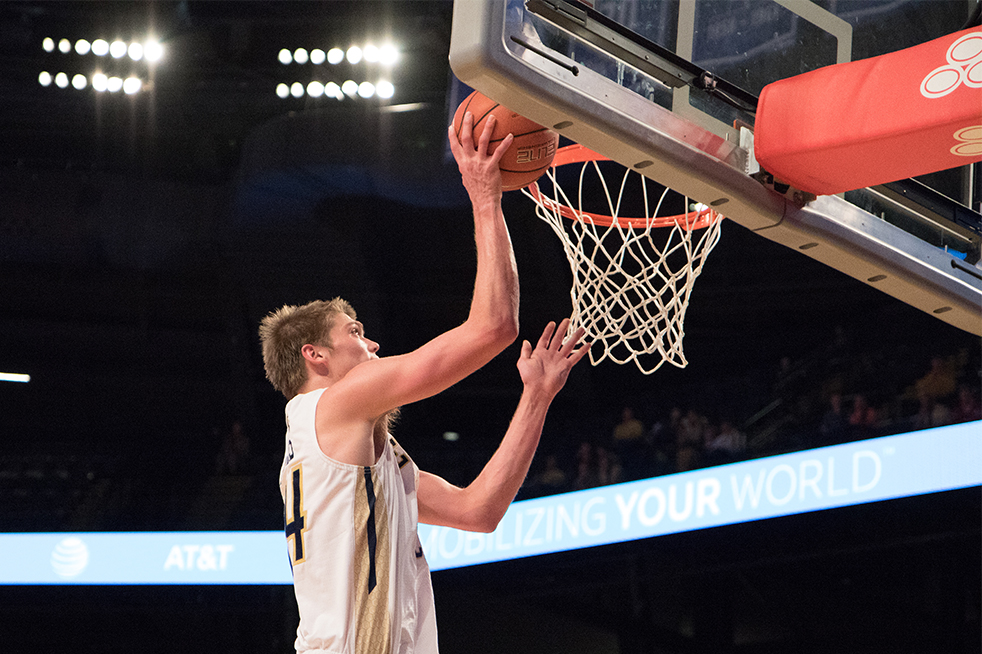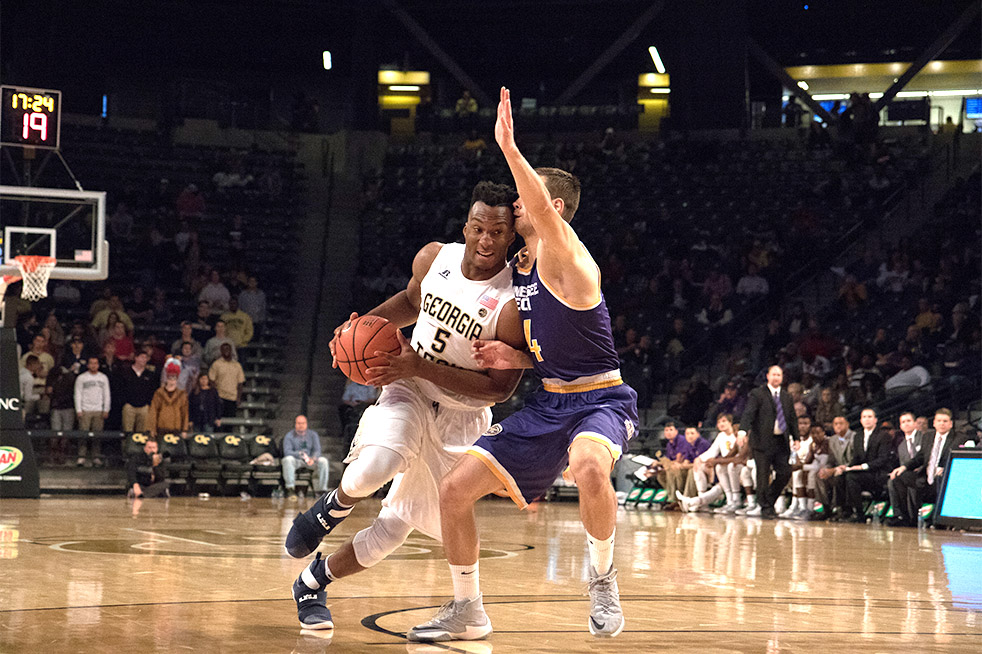
With a 7-0 sweep of Portland and a 6-1 win over Oregon this past weekend, the Jackets have showed some early returns to validate their standing in NCAA Women’s Tennis. A strong finish to last season and consistent play in the fall season set up for a spring that is full of anticipation.
The Intercollegiate Tennis Association took notice of Tech’s strong play, ranking the Jackets No. 11 in the nation just a few weeks ago. For reference, the Jacket’s ended NCAA tournament play last season with a Sweet 16 appearance. At the end of last season, the ITA ranked Tech No. 16 out of all teams.
The Jackets will face stiff competition all season, particularly close to home here in the ACC. Five ACC teams appeared in the ITA’s top 25 rankings: UNC is No. 2, Duke is No. 10, Miami is No. 12, and Virginia is No. 23. In a particularly strong conference, Tech has gotten off to a fast start, proving to other schools that they are ready for another successful season of tennis.
Leading the charge are senior Rasheeda McAdoo and freshman Nami Otsuka. McAdoo ranked 42nd in the ITA’s individual player rankings and Otsuka was appeared 82nd on the same rankings. In the Southeast region, McAdoo ranks No. 10, Otsuka No. 16 and freshman Kenya Jones ranks No. 17.
Strong showings in the ITA Southeast Regional Championships in Gainesville, Florida no doubt played a role in these rankings. McAdoo, a Florida native herself, advanced all the way to the quarterfinal round. Junior Paige Hourigan also picked up two wins to play in the round of 16. Freshman Nadia Gizdova also won a match at the ITA Regionals. On the doubles side of the draw, the pair of Otsuka and Gizdova as well as the pair of Senior Alexa Anton-Ohlmeyer and Jones earned wins.
Meanwhile, Hourigan and McAdoo earned a berth in the round of 16 in the same doubles draw. Moving forward, Junior Johnnise Renaud and McAdoo will be doubles partners, and they are the No. 7 ranked tandem in the Southeast per ITA.
Against Portland, success began on the doubles courts. Winning a majority of the three doubles matches is worth one point out of a possible seven up for grabs. These doubles matches require each team to play one set each. The teams of McAdoo/Renaud, Hourigan/Jones, and Otsuka/Gizdova all won, securing this point for the Jackets. In singles, McAdoo, Renaud, Jones, Otsuka, and Gizdova won in straight sets.
Hourigan lost the first set 6-7, but she rallied back with a 6-1 victory in the second set. In an extended and dramatic third set, Hourigan won the set by a narrow 12-10 and secured the victory. Freshman Luca Fabian did not get the opportunity to play in a match this weekend, a testament to the Jackets’ strength.
Against Oregon, Tech fans may have noticed Alison Silverio serving as the head coach of the Ducks. She served as an assistant coach at Tech during the National Championship run in 2007, and played four years with the Jackets.
Silverio was no stranger to success at her time at Tech. An All-ACC pick her senior year and the NCAA Tournament MVP when she guided the Jackets to their first ever NCAA national title, she established herself as an all-time great Jacket. Whether she would defeat her former team was now in the hands of her players.
In doubles, McAdoo/Renaud and Hourigan/Jones won again, but Otsuka/Gizdova dropped a very close set 5-7. Nonetheless, by winning two of the three doubles matches on Sunday, Tech was able to once again secure the doubles point. In singles, Hourigan had to extend her match to a long third set before finally winning 6-0, 6-7, 10-6. Renaud started strong, but ultimately lost to the Ducks’ Tobita 2-6, 6-1, 1-6.
Other winners on the day included McAdoo, Jones, Otsuka, and Gizdova, who each won in straight sets. Head Coach Rodney Harmon gave Oregon and Portland credit for matches closer than the final score lines would
end up indicating.
The Jackets’ focus will now shift to January 28th -29th as they host ITA Kickoff Weekend. Beginning 10 AM at the Ken Byers Tennis Complex, Tech will take on Penn. The two other teams invited to the ITA Kickoff Weekend at Tech are Kentucky and UCLA.
From the Ivy League to the SEC to the Pac-12, these teams will provide the Jackets a variety of play styles to experience. Lessons learned could be valuable in the conference tournament and well beyond.









